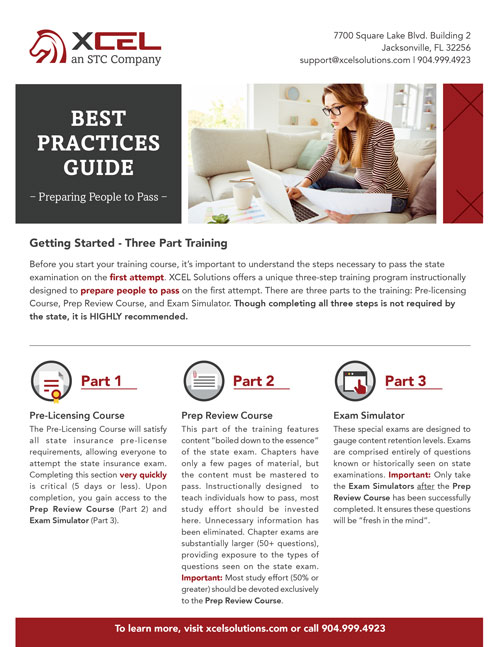What Is Plain Language
Plain language conveys information so the intended audience can read, understand, and act upon it. It means using the most straightforward language that accurately conveys the meaning, not simply “dumbing down.”
Why Use Plain Language in Insurance
Complex language doesn’t make you look more intelligent. You can only explain a concept clearly when you understand it fully. Clear writing demonstrates authority.
Plain language builds trust. Many policyholders assume insurance is a process by which they give the insurer money and then the insurer tries to avoid giving it back. Plain language policies and documentation overcome this stereotype and show you will play fair.
Plain language policies also save insurers time and money. If customers understand the documents, they’ll be less likely to contact you for clarification. They’ll also make fewer invalid claims where they didn’t understand what was covered or what exclusions apply.
Tips For Writing in Plain Language
Aim for shorter sentences, with 15 to 25 words as a good average range. Stick to making one point for each sentence. Don’t be afraid to vary the length.
Use the most common words that convey the point you are making. No need to avoid repeating the same word. Make sure to explain if you use a word with a specific insurance meaning that’s different to its more common use.
Utilize the active voice. That means putting the subject of the sentence (who is performing an action) before the object (who or what it’s being done to.) For example, “the cat sat on the mat” is active while “the mat was sat on by the cat” is passive. Sentences written in the passive voice are usually more complicated to read.
Use bullet-point lists to break up sentences or paragraphs with a lot of information. This lets readers grasp each piece of information separately while being aware they are all connected.
Jargon
Jargon is a useful shorthand for people within an industry, but often confusing for outsiders. Often it has a specific legal meaning. You may not be able to avoid using jargon in insurance contracts, but it’s worth explaining it in accompanying documents. These are a few examples of terms and simple explanations:
- Deductible: The share or amount you pay towards each claim. We deduct this amount from the money we pay out to you for a claim.
- Endorsement: A change to the standard or original terms of your insurance policy.
- Named Perils: The specific risks your policy covers.
- Subrogation: Our right to try and recover costs from somebody else after we’ve paid your claim.
Plain language is the key to gaining the trust of your clients and building relationships that ensure referrals and repeat customers.




